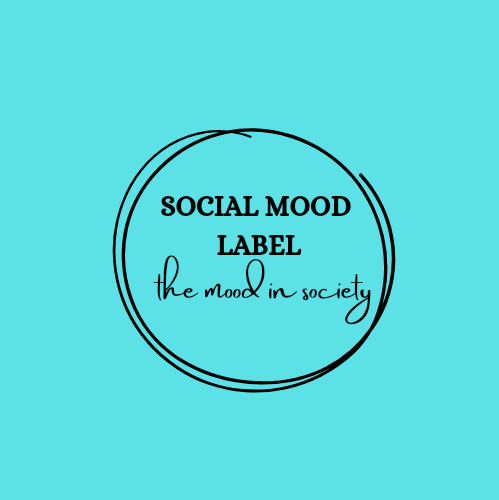
With so many distractions and stressors it is important to slow down, loosen up and find balance. As previously discussed in Mood 33, ‘Recreation matters in adolescence’) recreation can fulfil the social, physical and mental needs of individuals. In addition, recreation has been linked to improved cognitive performance, regulating the body and mind, enhancing quality of life and stress reduction. Recreation and leisure refer to activities in which individuals participate in during their free time, outside of their mandatory time such as class, work and sleep. It is based on open consciousness, free choice and self-determination (Li, Zeng, Li, 2021). Recreational activities impact on people of different socioeconomic status and race. They can be done alone or in collaboration with others.
Third spaces refer to social environments that are separate from the home (first space) and the workplace (second place). These are places where people gather and socialize outside of their usual domestic and professional settings. The concept was popularized by sociologist Ray Oldenburg in his book “The Great Good Place.” Third spaces are considered essential for building community, fostering social interaction, and providing a sense of belonging. They contribute to the overall well-being of individuals and communities by offering opportunities for informal interactions and shared experiences. These spaces take many different forms including cafes and coffee shops, parks, art galleries, cultural spaces, Shisanyama, (night) clubs, pubs, community centres and halls etc. It is like ‘taking a vacation from your regular routine’ (Fadare et al., 2022)
These spaces do exist, disproportionately, but they do exist. The economic inequalities in communities have denied individuals access to third spaces and many often have to commute to experience recreation. However, literature suggests that third spaces are meant to be spaces of no financial cost and that includes places such as parks and open areas. Contemporary society has transformed and personalized third spaces. Furthermore, we have become a remote society so they also exist online, on group chats and on social media.
Some third spaces are unsafe and unfortunately pose safety concerns particularly for women and children. The fear of danger can threaten women’s ability to unwind and relax outside the home. One of the reasons self-care practices (in the home) continued to thrive long after the Covid-19 pandemic was because going out is often unsafe in a country regarded as the rape capital of the world.
And finally, some people do not have a second place (work) so what happens to them? Is their third space their second space? So where is their third space? Some people work from home and that blends their first and second space, where does that leave them?
Are third spaces relevant in society? A Big Yes, but they must be safe and prioritized in policies related to sports.
SOURCES
Fadare, S.A., Isong, L.M., Langco, A., Montalban. G.K., & Paclibar, L. (2022). “Health and Happiness: The Upshot of Recreational Activities for Elderly People.” International journal of science and management studies 1-9 doi: 10.51386/25815946/ijsms-v5i4p101
Li J., Zeng., B., & Li, P. (2021). The Influence of Leisure Activity Types and Involvement Levels on Leisure Benefits in Older Adults. Front Public Health. doi: 10.3389/fpubh.2021.659263
